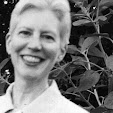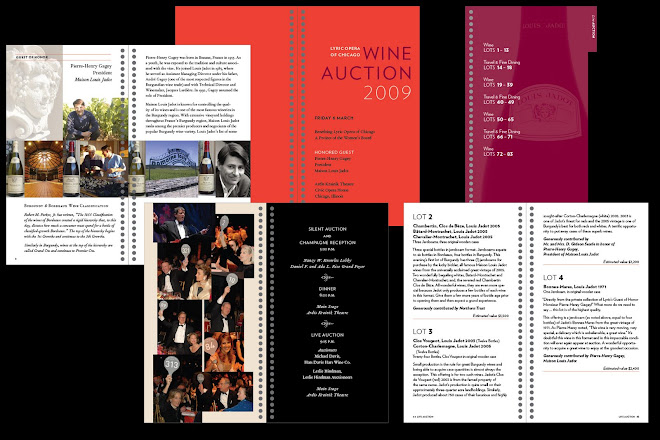I attended the Housewares show in Chicago yesterday to hear my former color teacher (and ever color guru) Leatrice Eiseman talk about trends, and to fill my eyes with colorful and other inspiration. No disappointments!
Lee is an internationally recognized color specialist and has studied the psychology of color and people's color preferences extensively. Executive director of the Pantone Color Institute, she does top-level color forecasting, based on constant monitoring of trends and the cultural currents that shape our preferences. So, what colors have housewares and fashion manufacturers have been buying?
The most popular color family spec'd for 2011: white! Led by pure white, but including creamy whites and ultra-pastels with a whisper of undercolor. The black family followed, with extensive use of grays with various undertones, especially lighter grays tinged with violet. And navy, especially deep navy, was third: stripings including navy, and blue and white combinations were particularly important. Those three color families have traded off the top three spots as most-used colors over the last few years: there's a reason we call them classics. A few more designer choices for 2011: cobalt blue, aqua in many shades, brick reds with their widely-appealing undertone of warmth, chocolate and berry browns, lightest purples/periwinkles (a trend expected to persist); silver among the metallics.
Other recent choices that look to continue: Pantone's color of the year, Honeysuckle (a warm pink) reflects a general pink resurgence expected to persist, including the very lightest pinks. Fuchsia is big, especially in Europe, and likely will continue to be in 2012; one of Pantone's liveliest palette forecasts for next year is titled "Back to the Fuchsia." Lee reports greens were more limited in usage, despite the fact that we human beings can see more different shades of green than any other color; most-used greens for 2011 were rather darker, more eco greens, which Lee summed up with "spinach," followed by vibrant limey greens; true greens are an emerging trend expected to continue in 2012.
It was fun to see those usage reports reflected in the wares on display, including a good deal of that vibrant lime green – it's an attention-grabber, and not just for green addicts like me. e-Bodum showed product in warm red, black, true orange, and lime green: two classics, a recently-popular color, and that zinger. Oster offered spoons in both black and chrome but also in a gentle, buttery yellow, which made a fresh complement to the two classics (this color followed bright and mineral yellows in usage last year but was a presence and I'm going to look for more of it). Interesting to see that cookware manufacturer Le Creuset just introduced a new color, "Fennel," which is consistent with the eco-greens/true greens trends, and they've extended it through many of their products, hoping to give green a lasting spot in their palette. We'll see if it has the longevity of their beautiful Flame products, that comforting yet vibrant deep orange which they have produced since the 1920s.
More inspiration came from a student product design competition. Congratulations to all the the winners for their thoughtful and well-presented work. My favorite was a new take on the first-aid kit, the Quick-Fix First Aid System designed by Milwaukee Institute of Art & Design senior Katlyn Ross. This really is a system consisting of six unique kits which are each small folded boxes that open to lie flat and lay out the necessary contents secured inside, including instructions. Each kit is specific to a problem: Cuts, Burns, Breaks/Sprains, etc., and features bold identifying graphics. Having just recently reviewed our home jumble of first aid supplies, I wish this were already on the market!
A source of designer inspiration and information is Material ConneXion, a global materials consultancy that offers to "expand design opportunities by providing insight into material solutions that will enhance the performance, aesthetics and sustainability of your design." Headquartered in New York, they offer members access to their online database as well as five physical libraries around the world, plus consulting services. A few of the more than 4,500 commercially available materials in their library were on view at the show; two eco-interesting ones that caught my eye were a beautiful, textural lacquered fabric, brown shot with silver, woven in Kyoto (how surprising) of 40-60% silk, 20-30% urushi (lacquer-coated washi paper), and 10-30% silver; and a pretty pale turquoise oval box made of injectable molded resin, made from corn and milk resin. Sounds like a much better end-use for corn than high fructose corn syrup! http://www.materialconnexion.com/
09 March 2011
Subscribe to:
Post Comments (Atom)


















No comments:
Post a Comment